
On a personal note, if it seems I haven't been giving Lao Ren Cha as much attention as before -- that is correct. I'm consumed with a couple of bigger projects that take a lot of time and attention, but I'm not willing to talk about those now. And when it comes to current affairs, Nathan Batto and Donovan Smith have covered the KMT chair election and incoherent protesting (the signs literally say "Protesting!") sufficiently; I have nothing to add. I don't even want to touch the head-scratching "Taiwan Agreement", which of course does not exist.
Instead, I want to talk about culture. Specifically, share some photographs from a now-closed exhibition at the Tainan Fine Arts Museum, which has two buildings: the Art Deco police station across the street from the Confucius Temple, and a modern, angular building just to the east of it. For visitors, the shop is in Building 2 (the new one) and a cafe which includes outdoor seating in the courtyard in Building 1 (the police station).
That the Japanese colonial era police station (itself a work of architectural beauty) later used by the KMT colonial dictatorship and their jackboot thugs, is now an art space dedicated to Taiwanese artistic expression and history is itself a type of art, I must say. To then take that space and fill it with Taiwanese temple art the same way European museums are chock full o' Jesus is another subversive and anti-colonial act: no colonial power, from the Qing to the Japanese to the KMT, has considered Taiwanese temple art, well, art.
Paying Tribute to the Gods: The Art of Folk Belief closed months ago, but its core purpose continues to influence my thinking -- the exhibit explored the intersections of traditional religious art in Taiwan with modern society, and where design meant to facilitate worship or prayer intersects with art and design.
The exhibition book makes some interesting points: that in Taiwan art museums shy away from including obliquely religious art from Taiwan, because that's for temples, not museums: but why should they be? In Europe the museums are packed -- packed -- with religious art. Why should the notion that religious art can still be art apply to Europe but not Taiwan? It also notes that as Taiwan was not a center of 'high culture' during either the Qing or Japanese colonial eras, and neither sought to make it so. Although artists still emerged as one might expect, many artistically inclined people expressed themselves through trade or craft training, and many of these found opportunities to offer these expressions through temple art.
Which, when you think about it, isn't all that different from pre-modern Europe.
Finally, the exhibition notes point out that temple festivals and parades produced art themselves, through flags, banners, palanquins, paper talismans and performances (the Eight Generals, tall gods), which rendered this 'temple art' into a normal part of people's daily lives, and which offered opportunities to incorporate creative design ideas.
The exhibit aimed to express this by showing traditional art -- antique painted door gods, three-dimensional gold embroidered banners, old talismans -- with modern interpretations of it. These include paintings and multimedia canvases from different eras, a light, film and text installation, sculpture works and more.
I won't bother trying to describe them to you, rather, take a look at the pictures below and enjoy these works on your own terms. If you'd like to know the creator of any given work, let me know in the comments and I'll try to look it up in the exhibition book.
This also got me thinking about Taiwanese vs. Chinese culture in general. I still hear the refrain that Taiwan and China "have the same culture", "largely share a culture" or "have the same language" and "cultural touchstones". It's difficult to say there's no truth whatsoever in this, but it's a deliberate and problematic oversimplification.
It's problematic in that it serves the purpose of tying Taiwan closer to China, perhaps closer than it rightfully ought to be. This argument is rarely, if ever, stated as a neutral observation. The intention is almost always to push the idea that Taiwan is connected to China and cannot escape that, which then opens the door to preposterous arguments that Taiwanese should entertain China's opinion about their country as having the same validity (or almost the same) as their own.

There are easy defenses to this: Taiwanese whose families came over from China hundreds of years ago did bring their traditions with them, but they've evolved so much that they're now unique to Taiwan. But those traditions came from a specific part of Fujian, they didn't represent China as a whole. Good examples of this include the Green Lion and the Eight Generals: both cultural touchstones specific to the part of Fujian that most settlers came from which are now common in Taiwan, but non-existent in China.
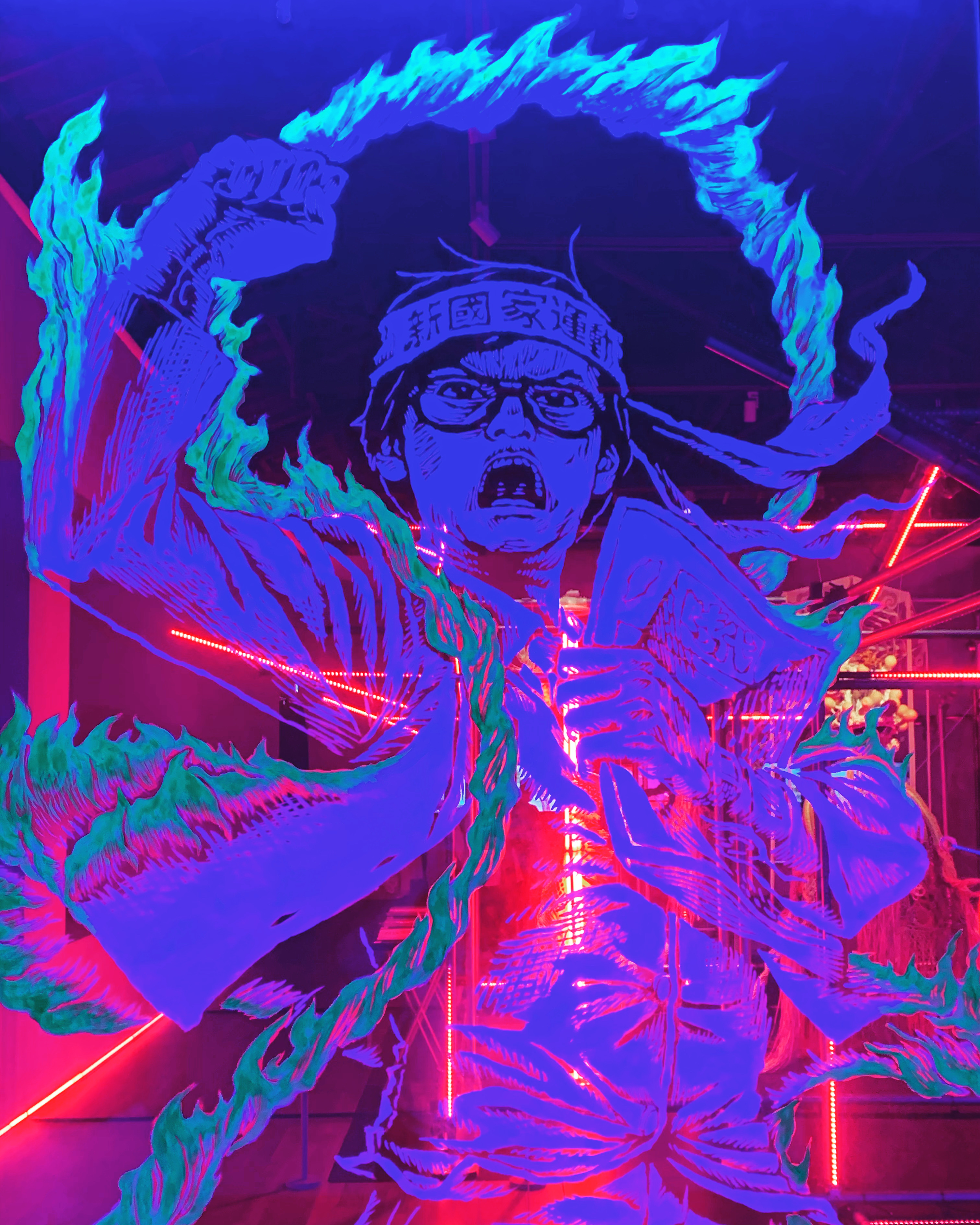
To call them generally "Chinese" is to construct an idea of what it means to be "Chinese" to serve your own opinion (usually, with these types, that Taiwan is some part of China). Cultures are non-static, they all evolve. Taiwan has not meaningfully been a part of China since the 19th century, and even then China's control of Taiwan was incomplete and -- dare I say it -- half-assed. But even if it hadn't been, think of any country and imagine how its culture has changed since 1895.
And, of course, Taiwan has been influenced by Indigenous, Japanese, Western and KMT diaspora cultures in ways that China has not, while developing its own history and identity. All the while, China was changing in an entirely different direction.
But most importantly, in my mind, is that how one relates to their cultural touchstones is a big part of defining 'culture'. This isn't an original idea of course, but it bears a note here. Yes, China has temples just like Taiwan. Not as many, but they're there. But the way Taiwanese people relate to their temples, and how they express that through art, is an expression of culture as well. This isn't just true with religion, but everything. This is a somewhat ineffable concept, so I'll just say that every time I come across something that appears culturally 'Chinese' or 'Japanese' in Taiwan, I do find that the way people relate to it and incorporate it into their overall worldview is still uniquely Taiwanese.
I attempted an example of this difficult-to-express observation, but it turned into something that could be its own post, so maybe I'll write about it another day. The short of it is that no, beyond some old links (much as the US, Canada and Australia have with Europe) and some aesthetics, I do not at all think that Taiwan and China have "the same culture". I've lived in both countries and honestly, it has been exactly that: the experience of living in two different cultures.
In fact, the exhibit itself is an example. China has temples too. Some are still open, some have been restored, at varying levels of quality ranging from "good" to "bathroom tiles". You can visit them, though they're no longer sites of community gathering.
Would anyone, anywhere in China be allowed to take over an old police station to showcase works of art that offer modern interpretations of and relationships to traditional cultural and religious belief, in a blatant artistic act of anti-authoritarianism -- literally deconstructing authority -- that centers local narratives?
Doubt it.
That, not dragons or temples or banners, is Taiwanese culture.
So for now, enjoy some pictures.

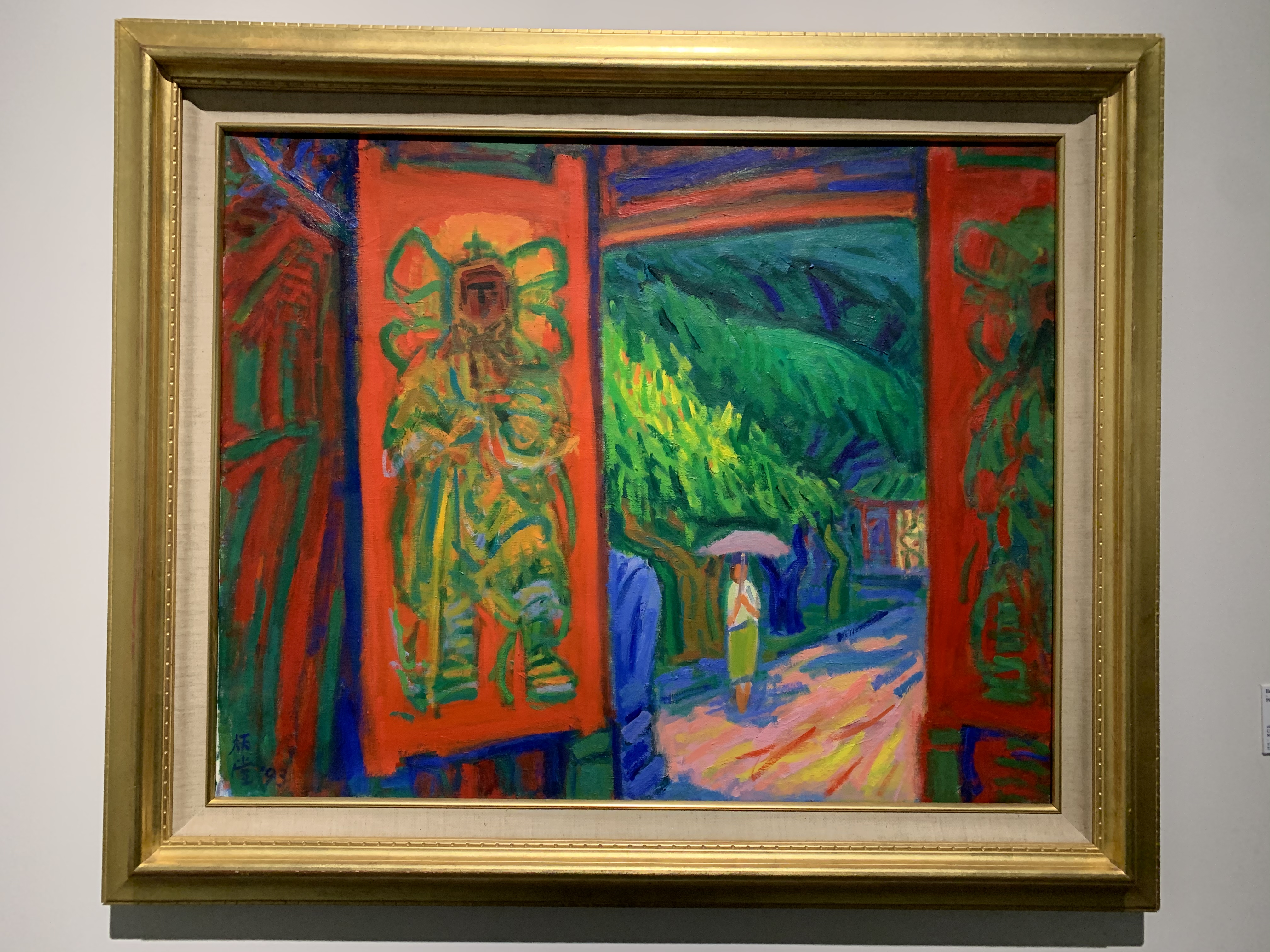



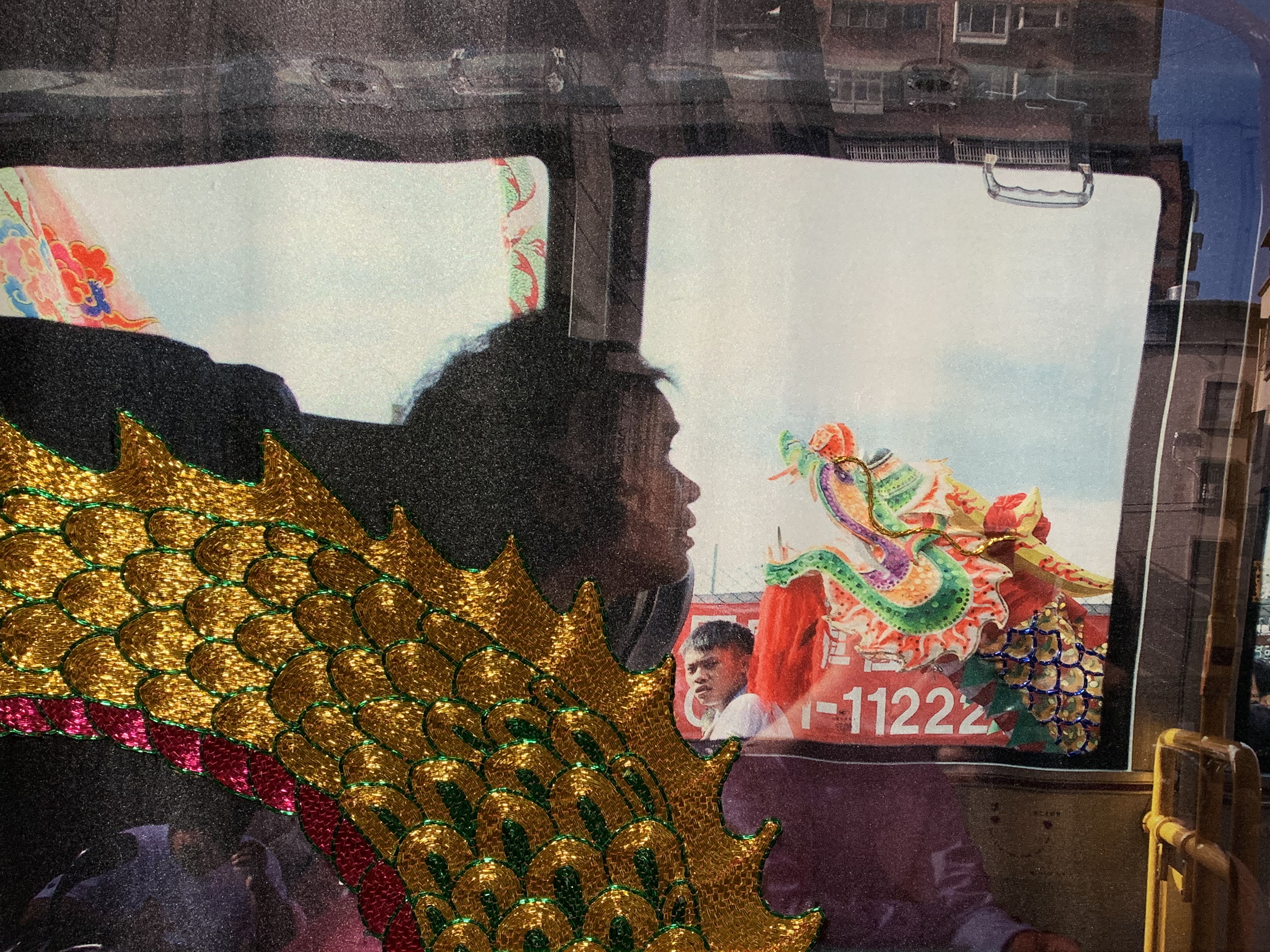


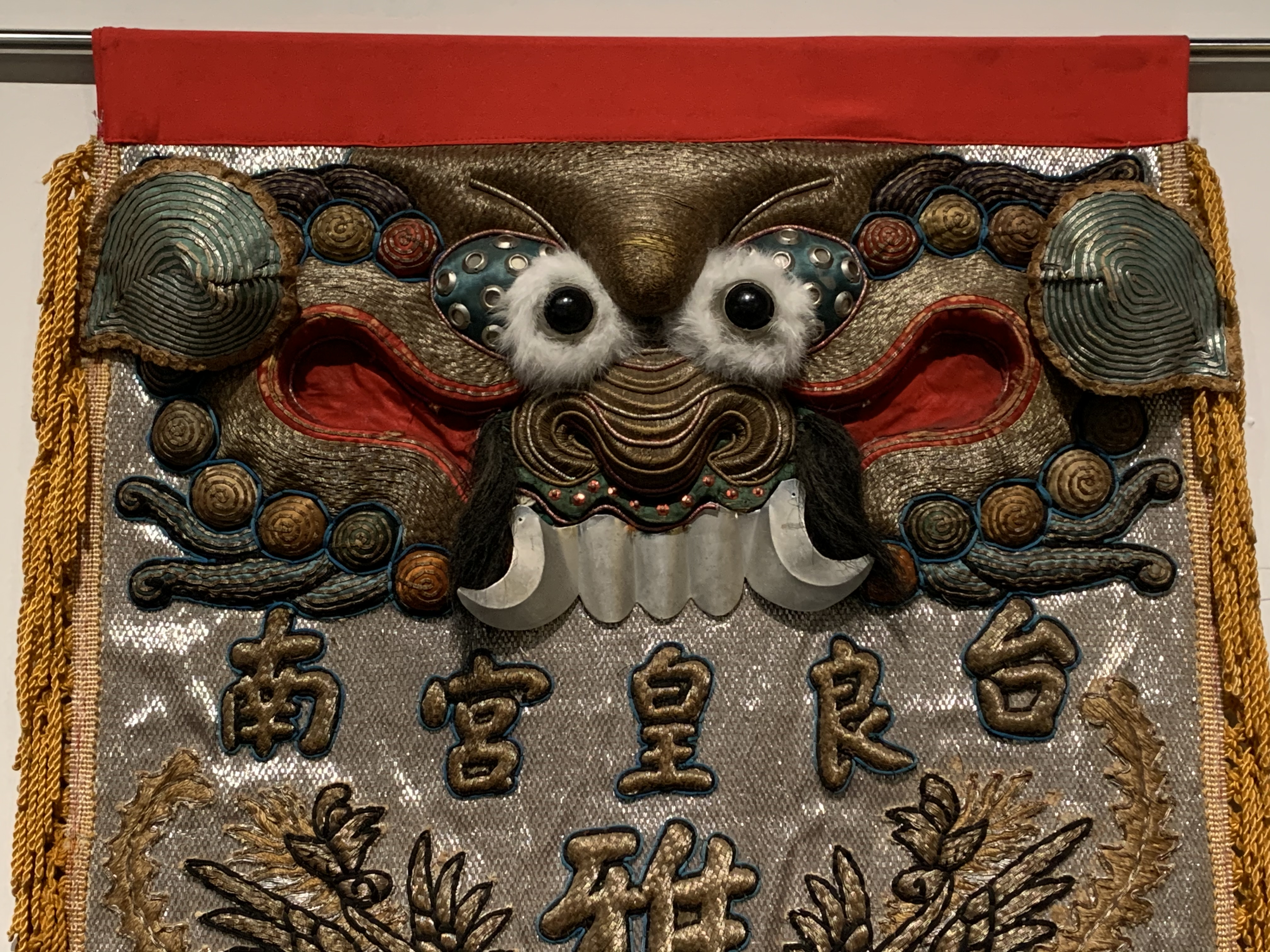

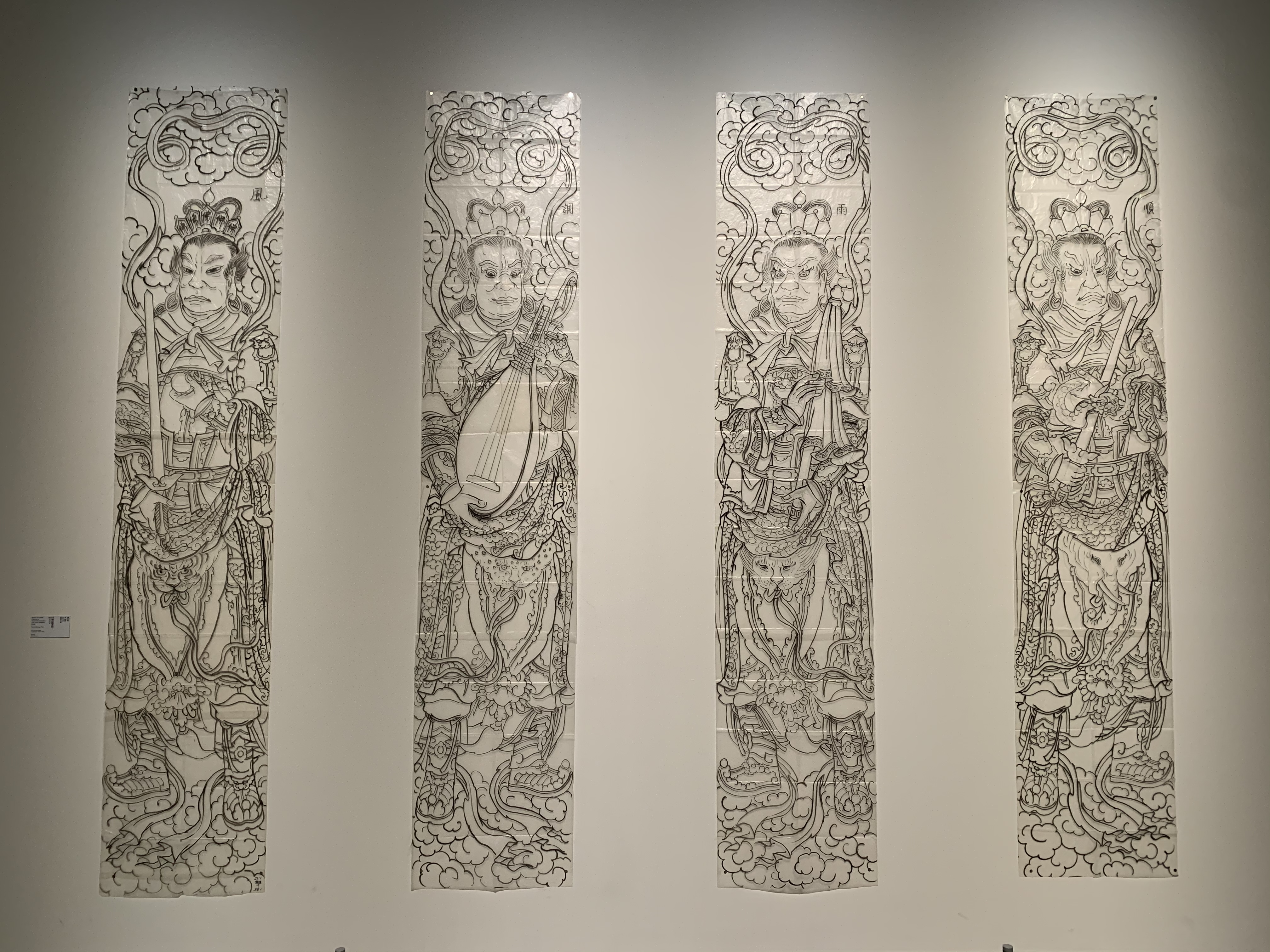



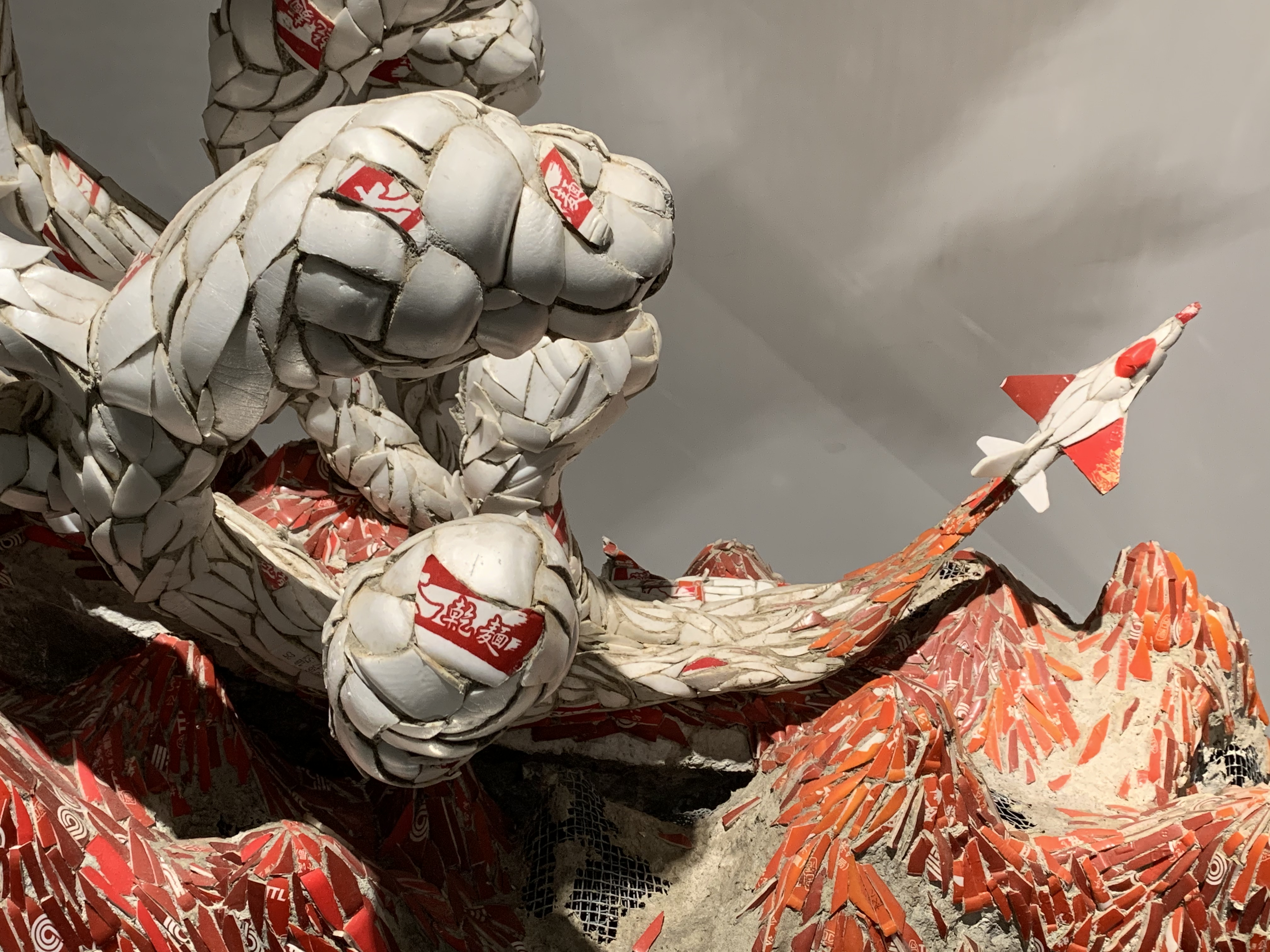

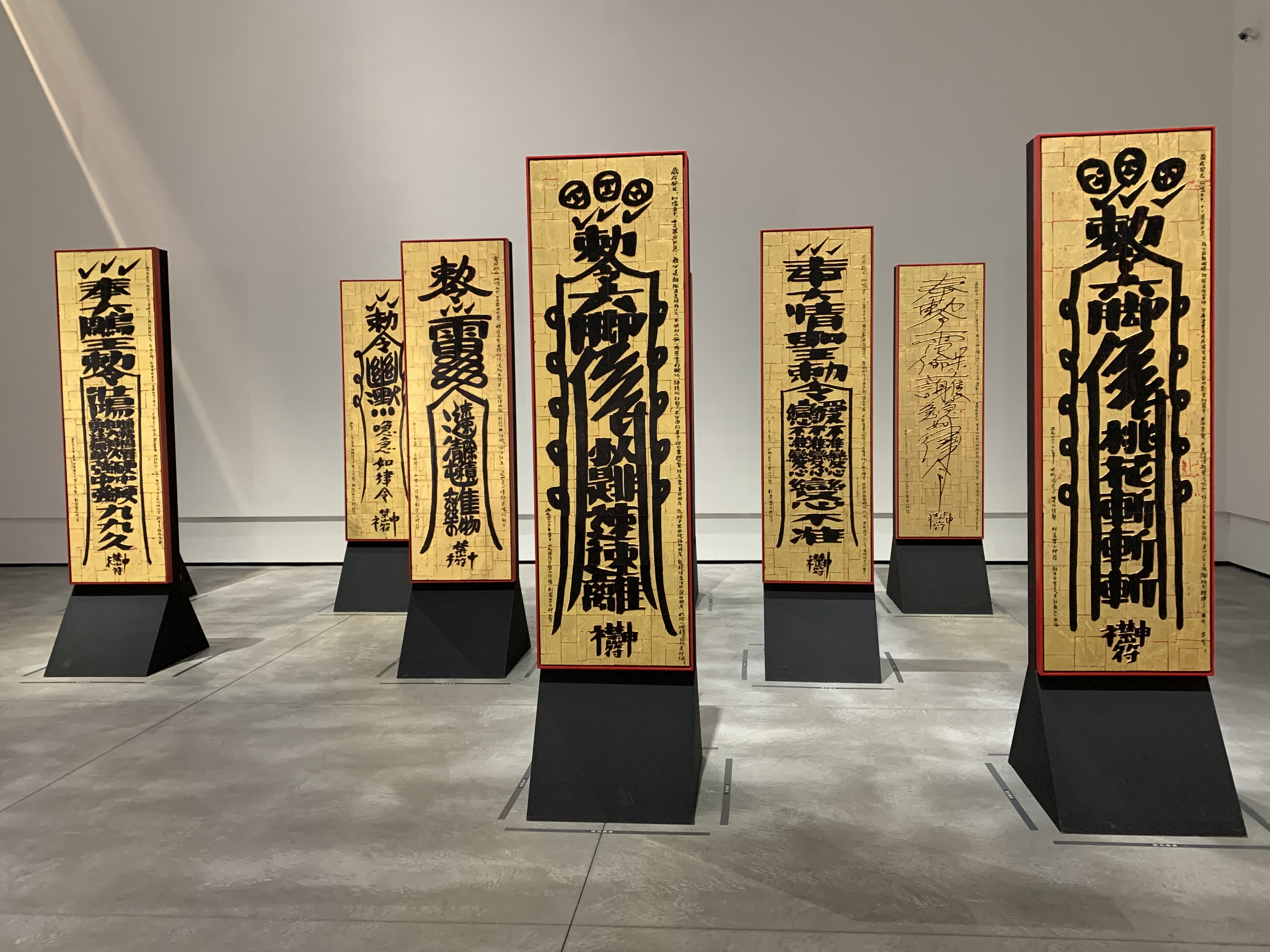
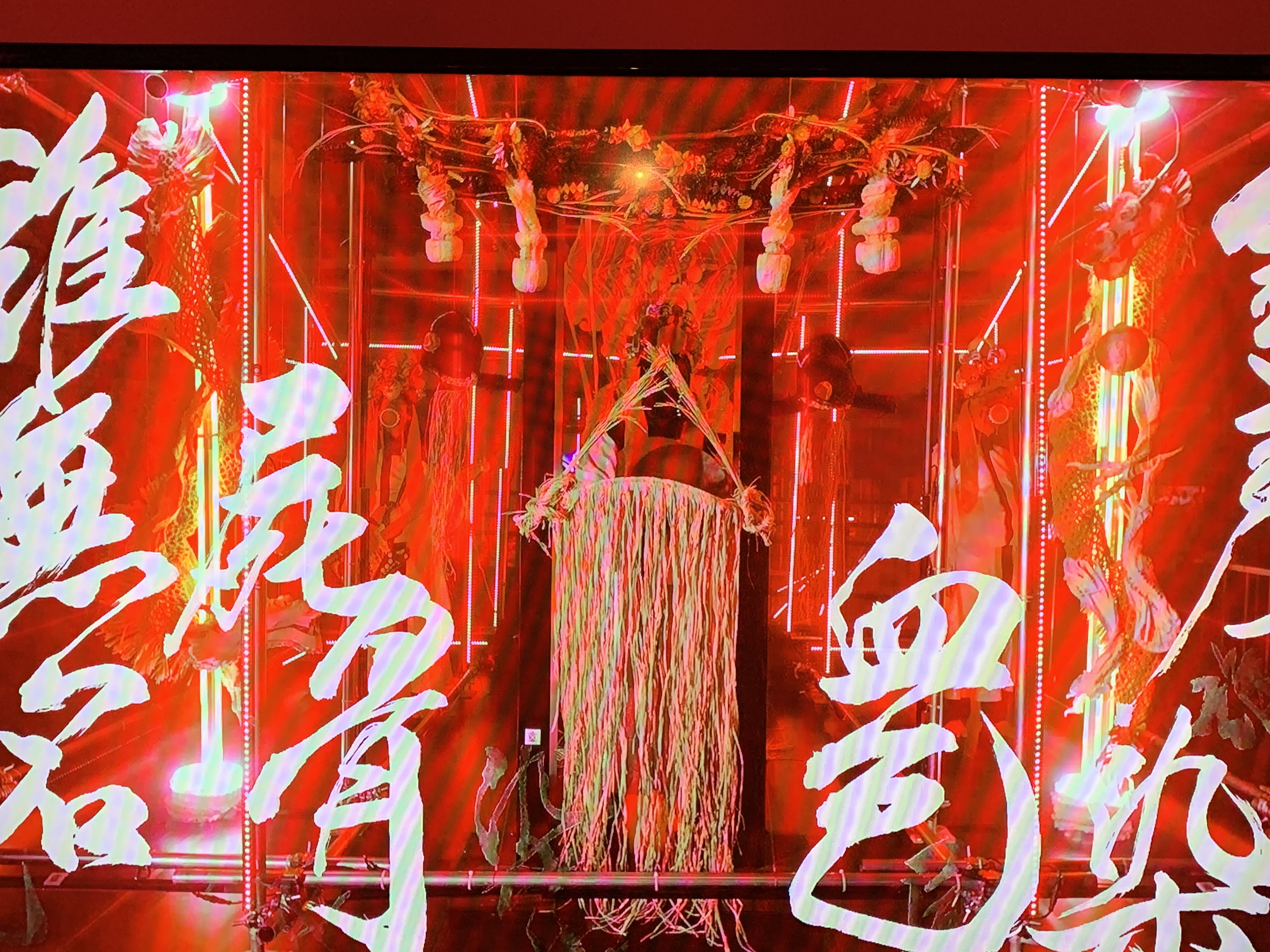










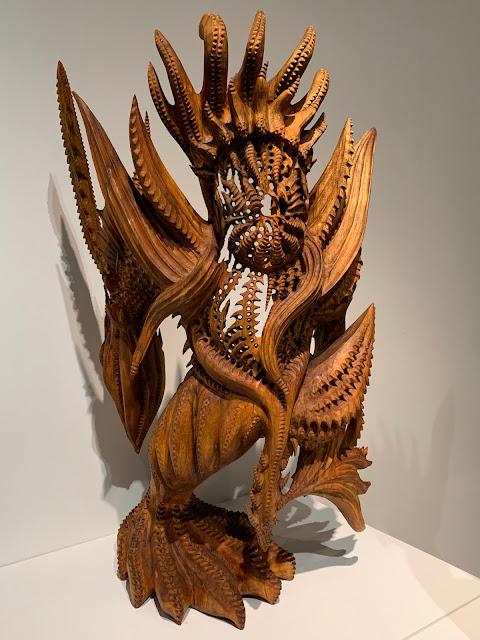







No comments:
Post a Comment